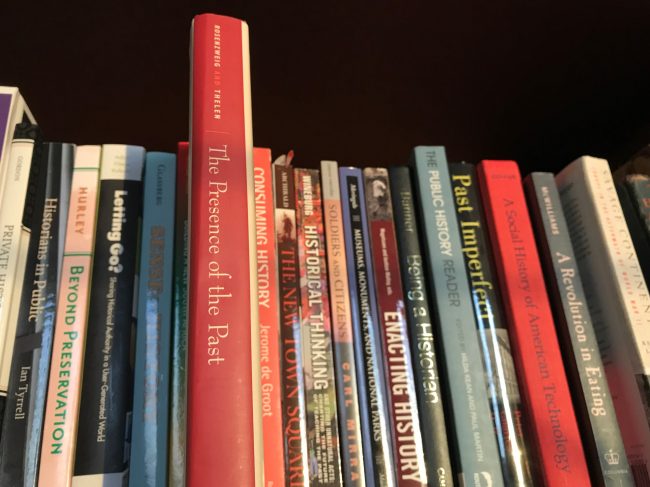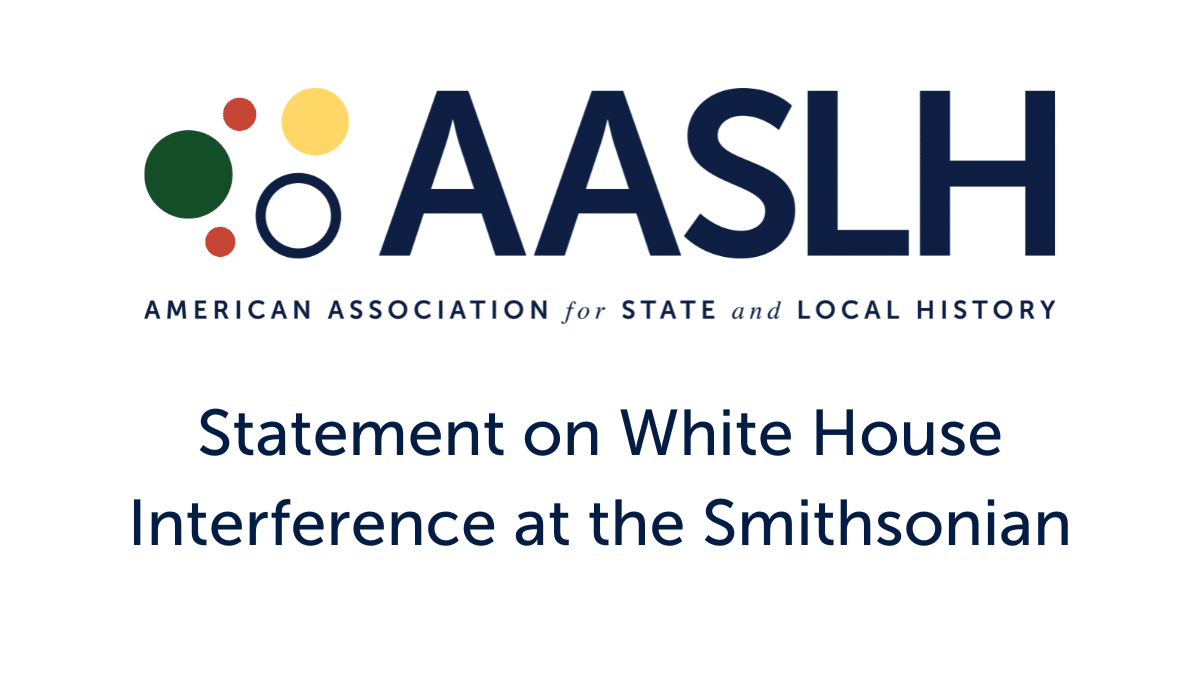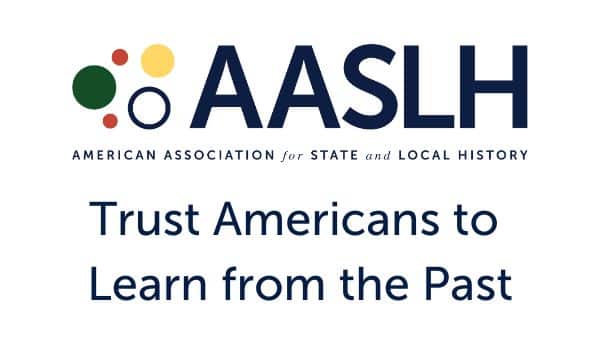
By John Dichtl, AASLH President and CEO
Twenty years ago, we learned from Rosenzweig and Thelen’s The Presence of the Past: Popular Uses of History in American Life that history museums were the most trusted source of history, outperforming history professors, history teachers, and even history books. Despite its methodological richness, what most of us recall from The Presence of the Past is that 80% of respondents thought museums were at the high end of a scale of trustworthiness, whereas the numbers for other sources were lower: grandparents, 69%; eyewitnesses to history, 64%; college history professors, 54%; high school history teachers, 36%; nonfiction books, 32%; and movies and television, 11%.
In a small way, we have revisited at least part of that question of trustworthiness, and this time included the Internet. In an AASLH 2018 broader population sampling, conducted by Wilkening Consulting, we asked 1,000 people about the trustworthiness of four history sources, and a generic “museums. ”We found that 81% of respondents ranked history museums and historic sites as “absolutely” or “somewhat” trustworthy—making them more trustworthy than history textbooks and nonfiction, high school history teachers, and the internet as sources of history information.
The stability of this trust is encouraging, as that kernel from Rosenzweig and Thelen was a line I heard repeated at lots of conferences since the 1990s, and probably wielded myself at other gatherings. Assurance of being trusted was an idea that buoyed the public history community through some tough times: the culture wars of the 1990s and the rise and fall of postmodernism, when some on the right attacked the academy and some humanities scholars eroded history’s claim to objectivity and truth. Soul searching about the true role of museums and historic sites and the question of whether there were too many small museums. The economic collapse of 2008-2009. And the relentless rise of the Internet in our lives, offering new ways to access and share historical information, new ways to unite and divide people using historical interpretation, and new ways to educate as well as to deceive.
Likewise, it is good news that museums continue to be ranked as more trustworthy than the Internet, a component missing from The Presence of the Past that in some ways dated the study within a few years of publication. The AASLH study conducted online this month posed questions to 1,000 people. The table below summarizes the results: 81% of respondents declared history museums and historic sites trustworthy, and the same percentage responded as such for “museums,” whether or not they were history related. For history textbooks and nonfiction, it was 74%; high school history teachers, 65%; and for the “Internet (for history information),” it was 64%. While these rankings are not directly comparable to the The Presence of the Past—“the Internet” was not an option to be selected on that survey conducted in the mid-1990s, and our survey methods differed significantly—they at least suggest that the trustworthiness of museums persists today.

While AASLH continues to seek funding for more comprehensive and ambitious research projects about perceptions of history and the state of the field, for now I’ll take the very good news that 81% of Americans still trust what they hear and see from history museums. In an age when truth, trust, news, and facts are challenged and counterchallenged by the minute, could we hope for more? Could the results be better than this?
It turns out that two other recent studies, released by the American Alliance of Museums (AAM), offer even more celebrate. AAM’s and Wilkening Consulting’s Museums and Public Opinion states that 97% of Americans believe museums are educational assets for their communities; 89% believe that museums contribute important economic benefits to their community; and 96% would think positively of their elected officials taking legislative action to support museums. These are tremendously useful statistics for each of us to use when we talk with our boards, local funders, taxpayers, and political leaders. I know all of us planning to be at Museums Advocacy Day in Washington, D.C. later this month will be reminding Members of Congress that a 96% favorability rating means museums are an issue with no downside.
How can they resist? Especially after we tell them about AAM’s other study, Museums as Economic Engines, which, among many other findings, shows that museums directly employ more than double the number of people as does the professional sports industry. Our institutions give a big boost to local and national economies: “for every $100 of economic activity created by museums, an additional $220 is created in other sectors of the U.S. economy as a result of supply chain and employee expenditure impacts.” Job creators, engines of the economy, and highly trusted by constituents—history museums should be the envy of Senators and Representatives!



